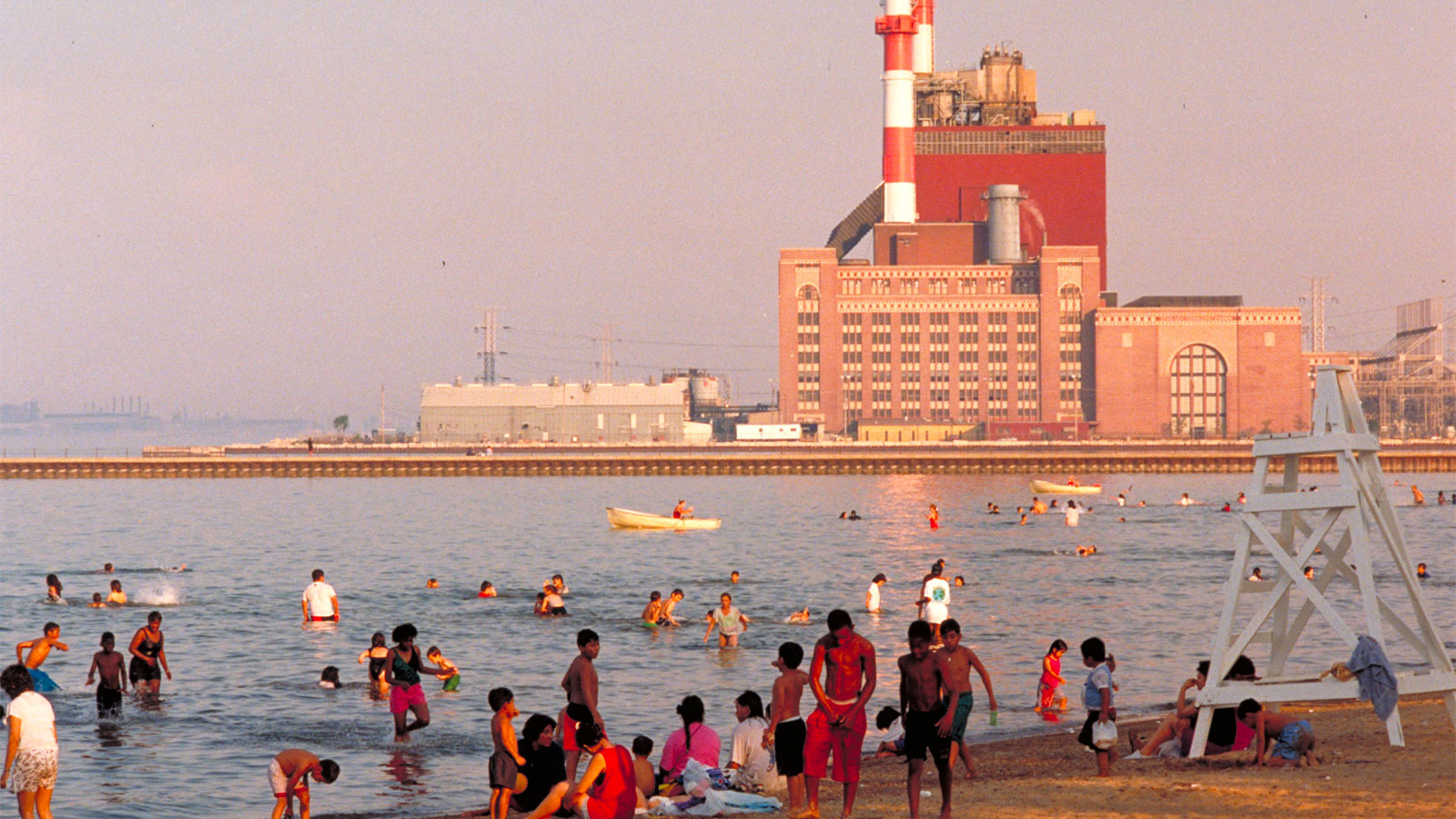Activists from a Chicago neighborhood where protesters went on hunger strikes in 2021 to try and prevent more pollution from invading their community filed a lawsuit Monday against another growing toxic threat.
The lawsuit filed in federal court by community groups, the Alliance of the Southeast and Friends of the Parks, alleges that plans to expand a lakefront dump filled with polluted sediment break national environmental laws. The group is suing the U.S. Army Corps of Engineers for violating both the Clean Water Act and the National Environmental Policy Act, the comprehensive law passed in 1970 that aims to regulate industries which impact nature.
The southeast section of Chicago is on the shores of Lake Michigan and sits on the border between Illinois and Indiana. It encompasses several neighborhoods that have been home to heavy industry for centuries.
“Our community is fighting back and saying ‘no more,’” said Amalia NietoGomez, executive director of Alliance for the Southeast.
The Southeast Side was the site of protests that garnered international attention in 2021, after a group of protestors went on a hunger strike to draw attention to the planned relocation of a metal scrapper to the Latino and Black neighborhood from Lincoln Park — a whiter, wealthier neighborhood on the city’s north side. The city’s Department of Public Health eventually denied the permit the scrapper needed to operate.
“It came to be clear to us and to our many partners that without litigation, the [U.S. Army Corps of Engineers] was just going to march forward,” said Juanita Irizarry, executive director of Friends of the Park.
The area has struggled for centuries with toxic waste pollution and in recent years residents have had to deal with several contaminants including petcoke, a product of oil refining, manganese, an essential element to creating steel, and lead pollution. All of these pollutants are from various former industrial sites in the area.
The dump is a repository of both polluted and unpolluted sediment that has been dredged from a series of rivers and canals that connect Lake Michigan to the Mississippi River. In 1984, Illinois passed a law converting the land, submerged in Lake Michigan, into an in-water confined disposal facility where all of the dredged sediment would go. But the law stipulated that once the facility was full the land should be handed over to the Chicago Parks Department to be turned into a public park. But after decades, the plan to clean up the site and install a park has yet to be executed.
The facility’s current location sits next to a park and a beach.
“You can sit in Calumet Park, along the fence under a sign that says ‘DANGER KEEP OUT,’” said Irizarry. “And then the dump is on the other side. It’s also real that swimmers in Calumet Beach are potentially being exposed to the toxins that are leaching out of this.”
The health impacts of exposure to all of the cumulative toxins on the Southeast Side have stacked up. Residents there are disproportionately diagnosed with coronary heart disease and chronic obstructive pulmonary disease, according to a 2021 study. They have also reported struggling with autoimmune disorders and cancer they believe is linked to the toxins in the neighborhood.
The community has continued to deal with the impacts of being steps away from large industry and opposition to the dump and other projects are likely to continue.
“The whole thing is within a larger, really important fight against environmental injustice,” said Irizarry.




